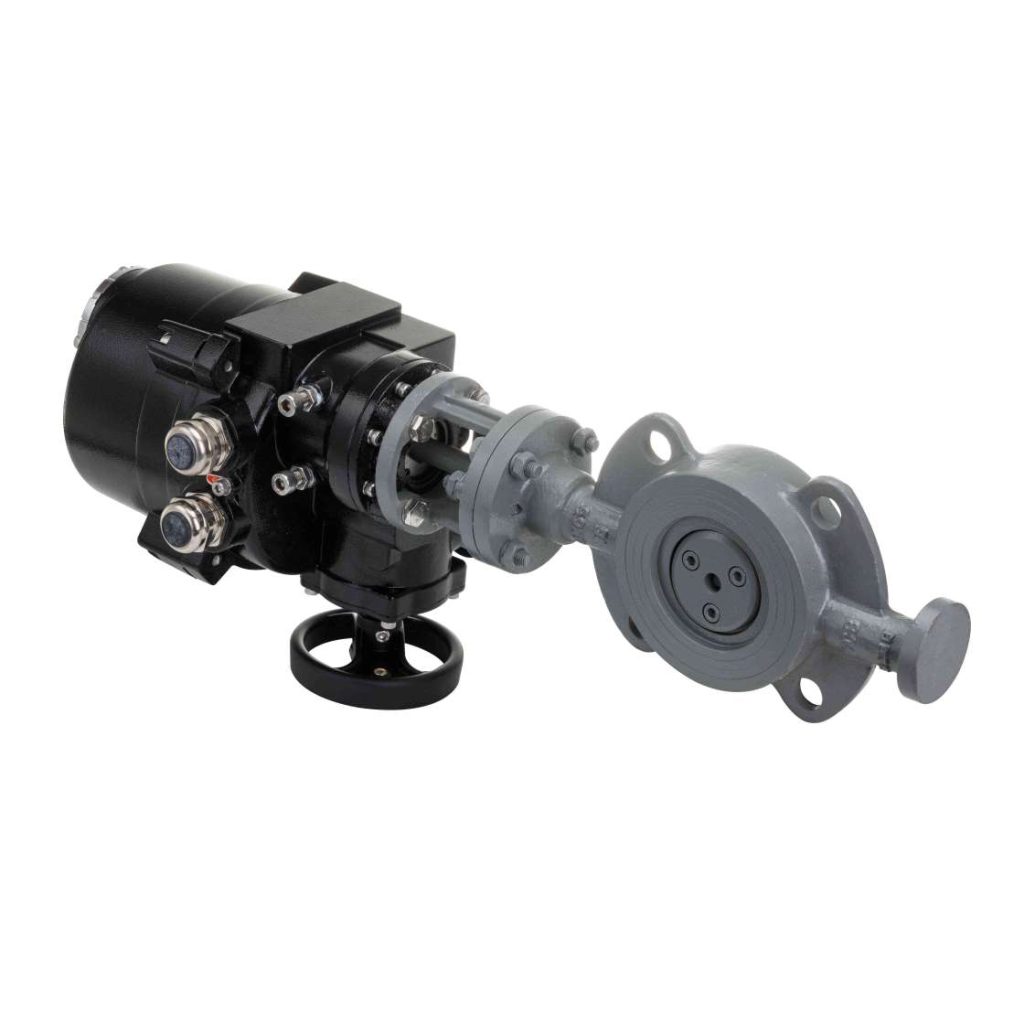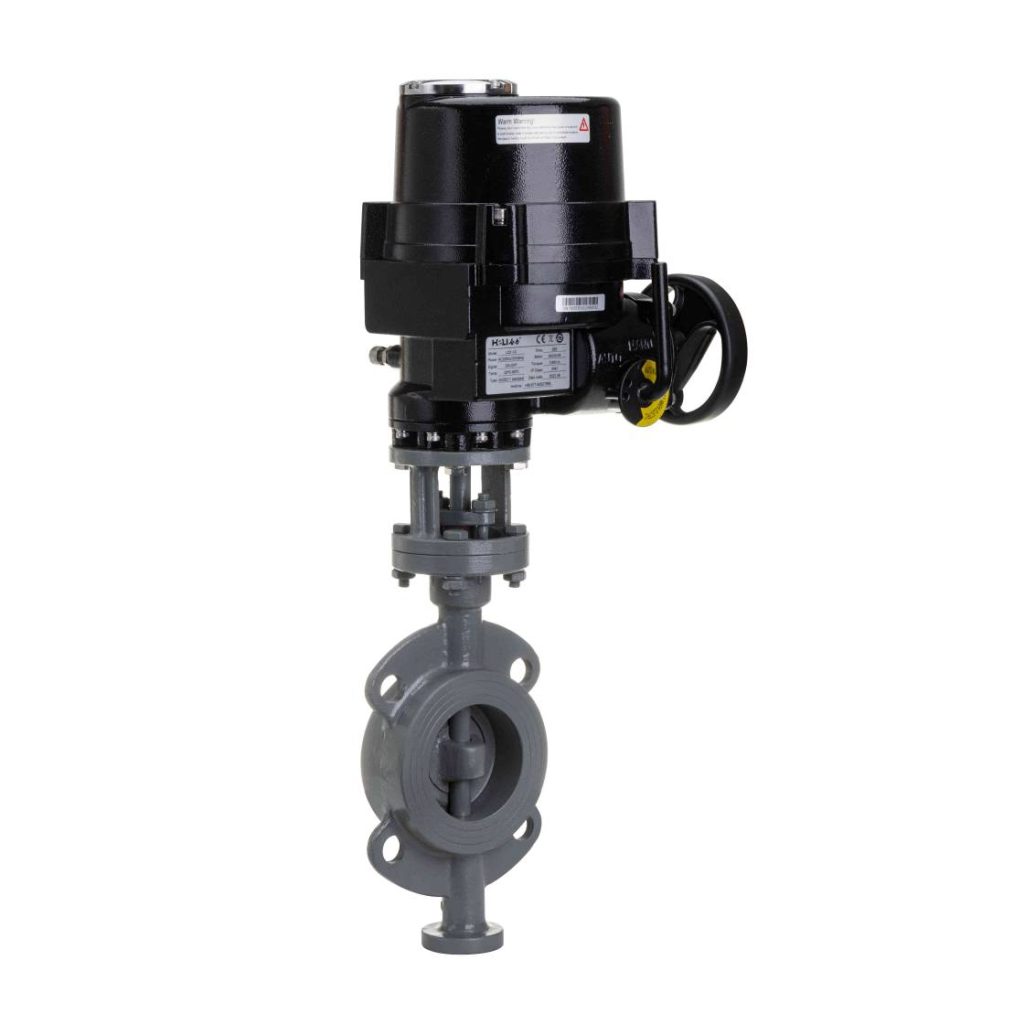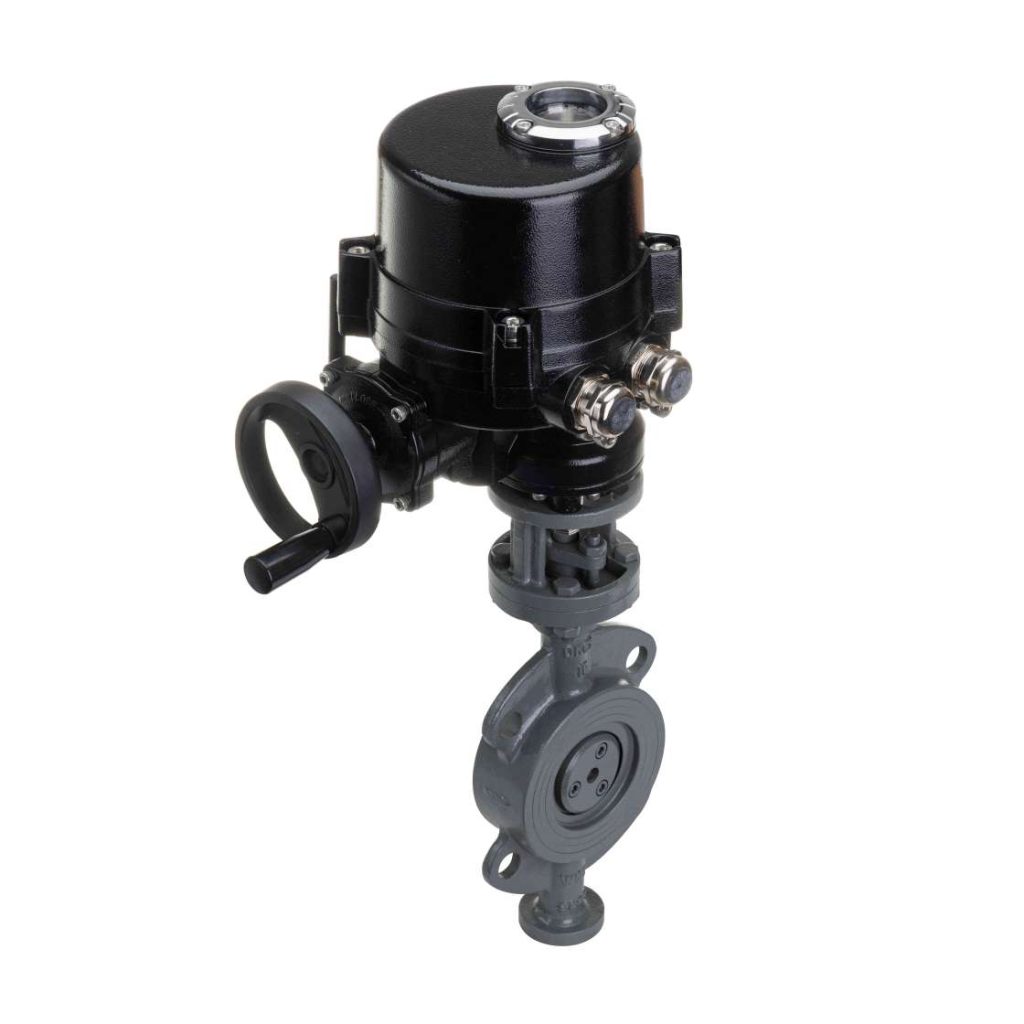Marine electric butterfly valves are vital components in the fluid control systems of various maritime applications. These valves are especially designed for use in marine environments, where they control the flow of liquids and gases in a range of systems, including ballast, bilge, and fuel oil systems. With advancements in technology, electric actuated butterfly valves have become increasingly popular due to their reliability, efficiency, and ease of use.

What is a Marine Electric Butterfly Valve?

A butterfly valve is a type of quarter-turn valve that consists of a rotating disk or plate, which is mounted on a spindle. The valve’s design allows it to open and close quickly, making it ideal for applications requiring rapid flow control. In marine settings, these valves are often actuated by electric motors, which provide precision control over the valve’s position. The electric actuator can be programmed for automatic operation, ensuring that the valve responds quickly to changes in system pressure or flow requirements. Key Features and Advantages Corrosion Resistance: Marine environments are often harsh, characterized by exposure to saltwater and varying temperatures. Marine electric butterfly valves are typically manufactured using materials that are resistant to corrosion, such as stainless steel or specially coated metals, ensuring longevity and reduced maintenance costs.

Leave a Reply